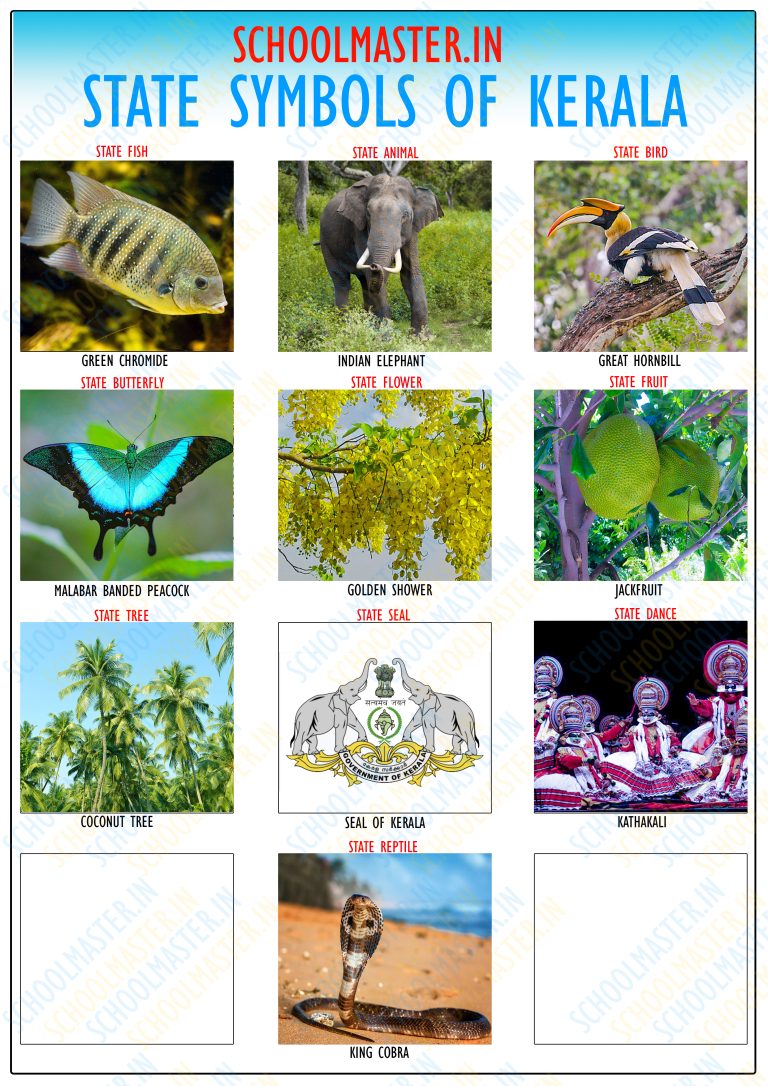മലയാളം പുല്ലിംഗം, സ്ത്രീലിംഗം
മലയാളം എതിർ ലിംഗം (pullingam, Masculine gender),(sthreelingam, feminine gender) പദങ്ങളുടെ അർത്ഥം ആൺ (പുരുഷൻ) എങ്കിൽ പുല്ലിംഗം എന്നാകുന്നു. പെൺ (സ്ത്രീ) എന്നാണെങ്കിൽ സ്ത്രീലിംഗം ആകുന്നു. സ്ത്രീപുരുഷഭേദം തിരിച്ചു പറയാൻ പറ്റാത്തവയെ നപുംസകലിംഗം (neuter) എന്നു പറയുന്നു. കള്ളൻ – കള്ളി – കള്ളം എന്നിവ യഥാക്രമം ഒരു ഉദാഹരണം. ആണും പെണ്ണും ചേർന്നതിനെ ഉഭയ ലിംഗം (bisexual) എന്നും പറയും. എന്താണ് എതിർലിംഗം? പരീക്ഷകളിലും മറ്റും വിദ്യാർഥികൾക്കും ഉദ്യോഗാർഥികൾക്കും ഏറെ പ്രയോജനപ്പെടുന്ന ഒന്നാണിത്. അതായത്,…
